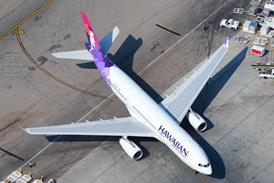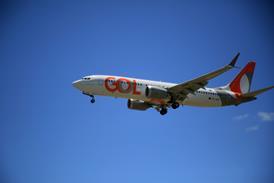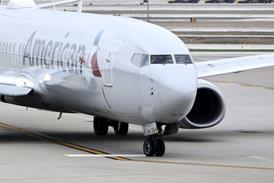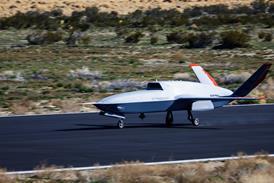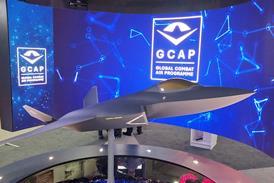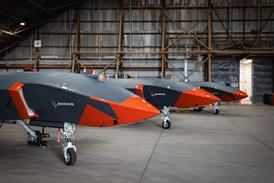Canadian seaplane operator Harbour Air expects before year-end to receive a Magnix Magni650 electric motor that it plans to install on a second demonstrator of its all-electric De Havilland Canada DHC-2 Beaver.
That is according to Harbour Air chief executive Bert van der Stege, who says the company is pressing forward with the “eBeaver” development programme despite a setback, revealed in 2023, that requires it to use Magni650s instead of less-powerful Magni350s.
Harbour Air now expects to be flying all-electric DHC-2 Beavers around 2027, though technological development and regulatory approvals are limiting factors.
“Where we got things wrong was around the loss of power control, and ultimately that led to us, together with Magnix, deciding that we need the Magni650 engine,” van der Stege said on 11 February, speaking during the Future Opportunities for Seaplanes and Amphibious Aviation conference in Miami. “We are expecting the Magni650 engine by the end of the year.”
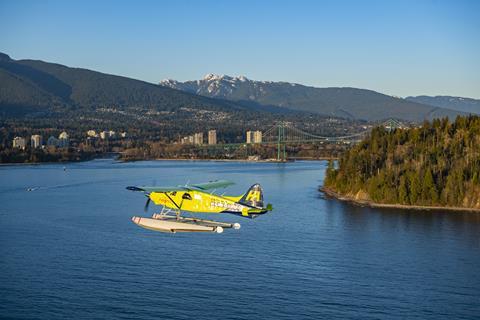
Harbour Air launched its all-electric DHC-2 modification programme last decade and completed first flight of its first and only demonstrator in 2019. The company and its partners removed the six-passenger DHC-2’s Pratt & Whitney P-985 Wasp Junior piston engine, replacing it with a 750hp (559Kw) Magni500 electric propulsion system and batteries from US provider Electric Power Systems.
In 2019, Harbour Air predicted the electric aircraft would be certificated and flying paying passengers within one or two years. It has since flown the aircraft nearly 100 times.
But the project stalled amid the Covid-19 pandemic, and more delays ensued.
The company has said the demonstrator’s batteries put off about 200kw/h of power. But to reach its goal of 30min flights with 30min of reserve flying, the certifiable variant will need roughly 300kw/h batteries.
“That industry is developing rapidly,” van der Stege says of the battery shortcomings. “I have full confidence in both the battery partners… in giving us the technology that we need to eventually make this an aircraft that can fly commercial schedules.”
Then in 2023 came news that Harbour Air was overhauling the propulsion configuration due to what the company then called misguided “assumptions” related to “single-fault tolerance to a loss-of-power control.”
At the time, the team had intended for the certifiable aircraft to be powered by a 469hp Magni350 propulsion system – a new model from Magnix.
Van der Stege now says those incorrect assumptions made clear the Magni350 was insufficient, prompting the team to switch to 850hp Magni650s.
Harbour will install its first Magni650 in a second demonstrator DHC-2, this one carrying a battery system made by Swiss company H55, and continue with flight testing and certification work.
Many certification hurdles remain: Magnix must achieve Federal Aviation Administration certification of the Magni650, EASA must certify the battery system (assuming Harbour sticks with provider H55) and Transport Canada must certificate the aircraft.
The project has not come cheap. Van der Stege says Harbour Air has already dropped $5-6 million on eBeaver development and anticipates soon cutting a check for another $1 million to purchase more batteries.
But he insists the project has “full support” from Harbour’s private-equity owner Birch Hill Equity Partners.
“They… really see it as an opportunity for us to grow, for us to be very responsible in the community,” he says.

